

With extensive training, experience, and dedication to patient care, we provide comprehensive esophageal cancer treatment in Mumbai (India), personalised to meet the unique needs of each individual.
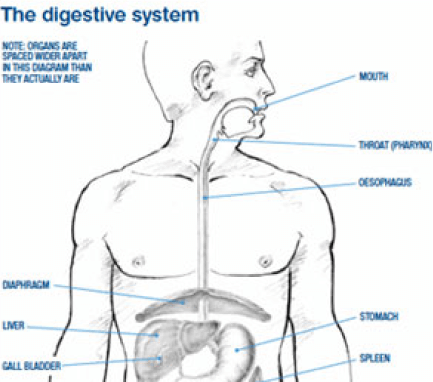
The oesophagus (food pipe) is the initial part of the digestive system. The oesophagus is a hollow tube that takes food and fluids from the mouth to the stomach. When you swallow, the muscular walls of the oesophagus push food down to the stomach.
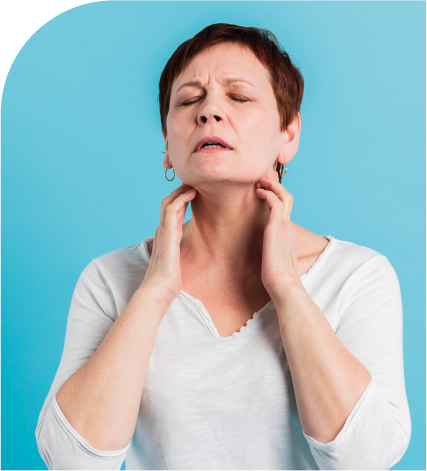
Glands in the wall of the oesophagus produce mucous to help food to slide down more easily when you swallow. It is the cells of these glands that have a tendency to become cancerous. The cells may multiply and form a lump that can block the passage of food and also difficulty in swallowing.
The inner lining of the oesophagus is made of different cells. The lower part has more gland cells and ‘adenocarcinoma’ is common at this site while ‘squamous cell carcinoma’ begins in squamous cells that line the middle and upper parts. The treatment of squamous carcinoma is different from adenocarcinoma.
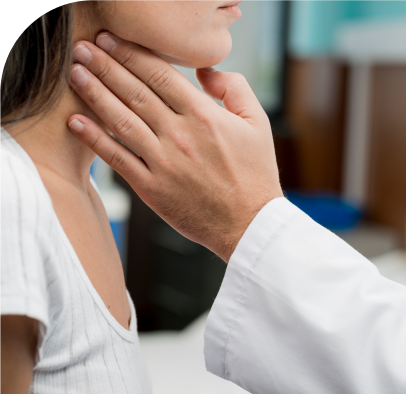
The exact causes of cancer are still undetermined, but there are some known risk factors that can make a person more likely to get this disease. Having a risk factor, or even several risk factors, does not mean that you will get the disease. And many people who get the disease may not have had any known risk factors.
Research has shown that some of these risk factors affect the DNA of cells in the stomach and oesophagus, which can result in abnormal cell growth and may cause tumors to form.
Delve into the intricate web of factors intertwined with breast cancer, encompassing genetic predispositions, hormonal intricacies, and lifestyle habits, each playing a crucial role in shaping the susceptibility to this prevalent malignancy.


Common symptoms of oesophageal cancer include difficulty swallowing, persistent heartburn or indigestion, unexplained weight loss, chest pain, coughing or hoarseness, regurgitation of food or liquid, and throat or back pain.
If you have not been diagnosed with oesophagus cancer and are just looking through this site, please be aware that many of these symptoms occur without any serious disease being present.

Symptoms may include unexplained weight loss and occasional vomiting or coughing up blood, which can indicate esophageal cancer and should prompt medical evaluation for diagnosis and treatment.
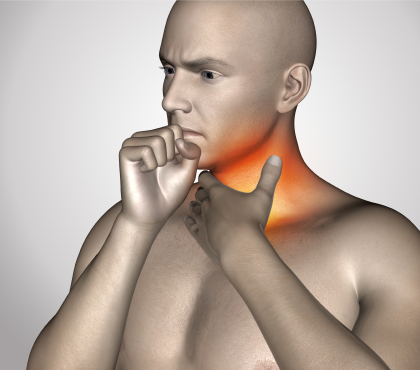
The most common symptom of oesophageal cancer. There may be some pain in the form of a burning sensation when swallowing food. Or you may feel that your food is sticking in your throat or chest and you can’t swallow it.

Regurgitation of saliva or food, especially accompanied by difficulty swallowing or persistent heartburn, can be signs of esophageal cancer, requiring medical assessment to determine the cause and appropriate management.

Years of experience in treating cancer patients and conducting clinical trials have helped doctors determine the most effective approach for each type and stage of cancer. If you’re seeking esophageal cancer treatment in Mumbai (India), you will receive expert guidance on the best treatment options based on your cancer type, location, stage, and overall health.
This section lists common tests for the cancers. It is not necessary for all the tests to be performed for a patient. Your doctor will select the tests that will assist him / her to have the maximum information about the tumor/ disease.
Before referring you for tests, your doctor will take a full medical history and examine you. You may also have a blood test and chest x-ray to check your general health.
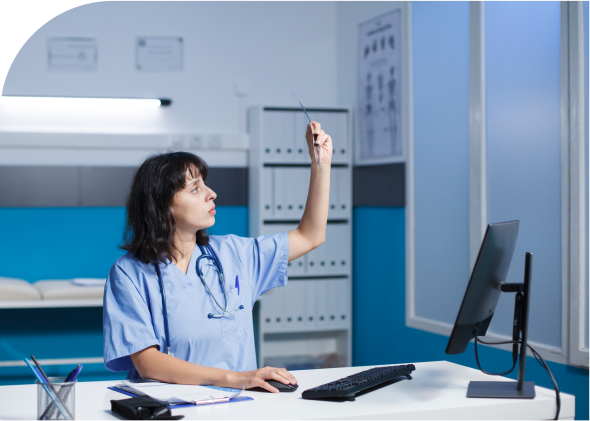
In this test, a thin, flexible ‘telescope’ (called an endoscope) will be passed down your throat so that the doctor can examine your oesophagus, stomach and the upper part of your bowel. If anything unusual is seen, the doctor can put instruments down the endoscope and remove tissue to examine under a microscope (biopsy).
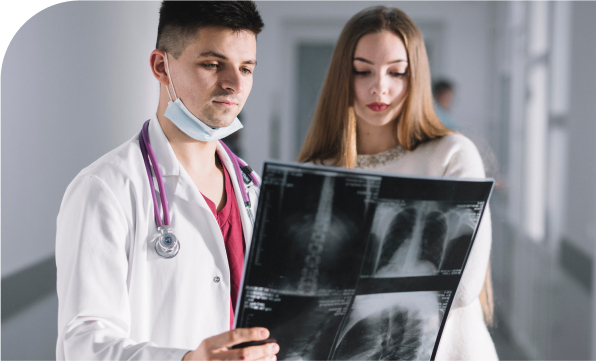
This test is less commonly done now that endoscopy is available. If you have this test you will drink thick liquid called barium. This will coat the lining of your oesophagus, stomach and the first part of your bowel. You will lie down on a table and a radiologist will take x-ray pictures of your chest and abdomen. This will show up the lining clearly when x-rays are taken and abnormality in the lining can be detected.
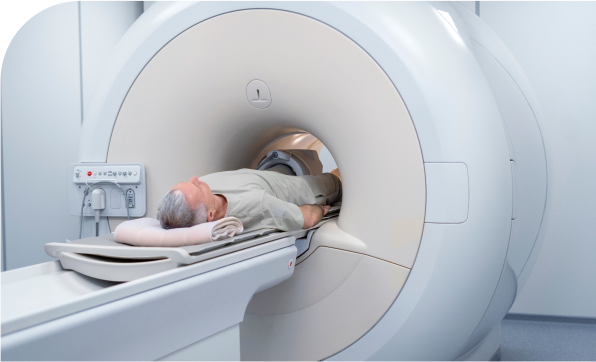
A CT scan is a type of x-ray that gives a picture of organs and other structures (including any tumours) in your body. It is used to see more details of a cancer and its relation to the surrounding organs in your body. It also gives information related to cancer spread into the lymph nodes, liver or lungs.

This is similar to having an endoscopy. It may be used for people who may have oesophageal cancer and occasionally for people who may have stomach cancer. For this test, the endoscope has a small ultrasound probe on the end for more detailed information about the local spread of the tumor. It can help the doctor decide whether you should have some other modality of treatment before surgery.

This test is combined with a CT scan by injecting a radioactive material in the body to highlight all areas where the tumor has or can spread. This test may be used to build up more information after an MRI or CT scan. PET-CT scan is not necessary for all patients. Your doctor will decide if you need to undergo this scan.

A biopsy is diagnosis made under a microscope by a pathologist using a small bit of tissue removed from a suspicious area or lump that is found to be abnormal. During the endoscopy/EUS, if the doctor sees anything unusual, they can pass small tools into the scope and take out some tissue that can then be examined under a microscope. This gives a confirmation of cancer.

Cancer surgeries can be complex and time-consuming, but with advancements in medical care, they have become much safer. Better equipment, improved anaesthesia techniques, and enhanced post-operative monitoring have all contributed to more successful outcomes. Dr. Deepak Chhabra, a trusted Esophageal Cancer Specialist in Mumbai, provides expert care and advanced treatment options to ensure the best possible recovery for his patients.

After an anaesthetic, the movement of the bowel slows down and usually takes about 72 hours to get back to normal. After about 48-72 hours you will probably be ready to start taking small sips of water, however your doctors will tell you when it is appropriate for you to start drinking some fluids. This will be gradually increased after a couple of days until you are able to eat a light diet.
You will probably be ready to go home in about 10-14 days after your operation and once your stitches have been removed. If deemed appropriate your doctor may send you home with stitches and call you later to remove the stitches. By and large you should be able to climb several flights of stairs after your discharge from the hospital and you will be given diet instructions.
Before you leave hospital you will be given an appointment for a post-operative check-up at the outpatient clinic.
After oesophagus surgery, a gradual progression from liquid to soft foods is recommended to aid in swallowing and prevent complications like reflux or choking. It’s important to follow dietary guidelines provided by healthcare professionals to support recovery and nutrition.


Dr. Deepak Chhabra is a consultant Surgical Oncologist with an extensive experience in cancer surgeries. He is has specialized in Hepato (Liver) -Biliary (Gallbladder) and Pancreatic Cancer Surgeries.
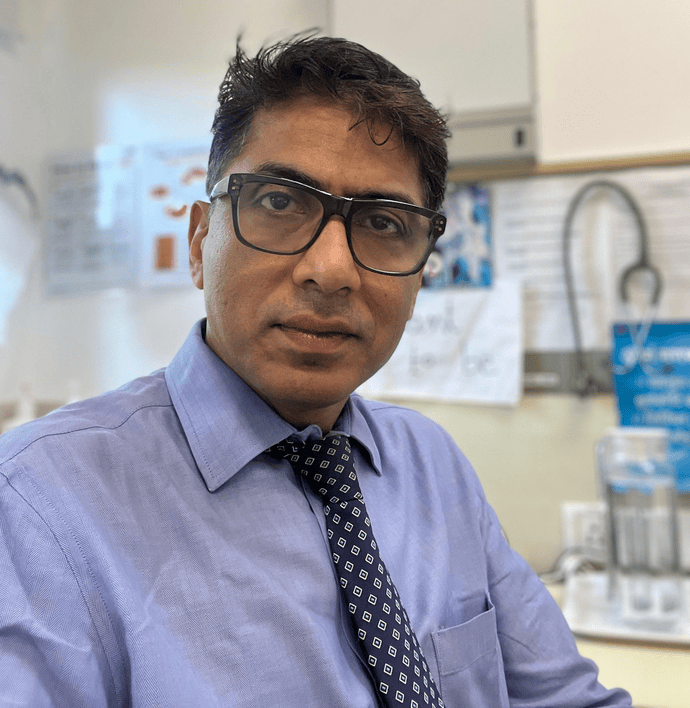
Take the first step towards healing with Dr. Deepak Chhabra, a trusted oncologist Doctor in Mumbai dedicated to providing compassionate and personalised care. With years of experience in treating cancer patients and participating in clinical trials, he understands what works best for each type and stage of cancer. If you're seeking esophageal cancer treatment in Mumbai (India), Dr. Chhabra will guide you through the most effective treatment options based on your specific condition, ensuring the best possible care and support throughout your journey.
Discover first hand accounts from patients who have experienced compassionate care and expert treatment at our clinic. Read their reviews to get to know their journey.
5 Out of 5 from 92 Reviews
